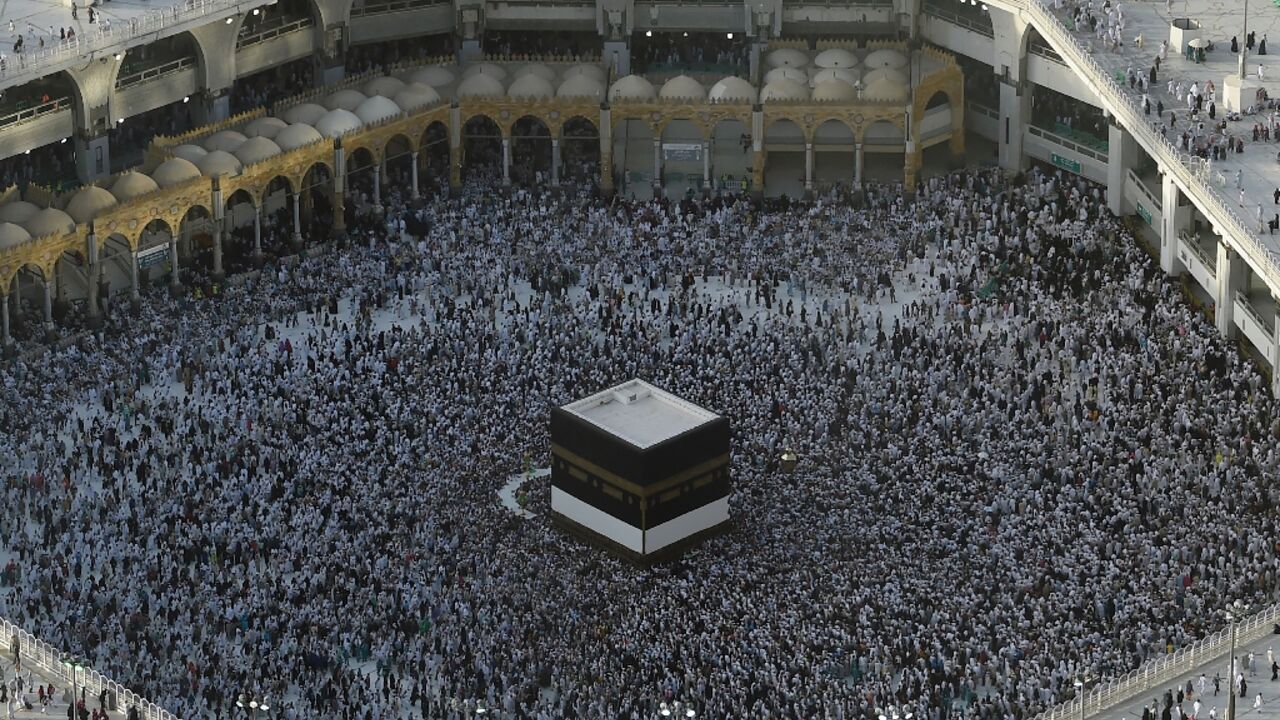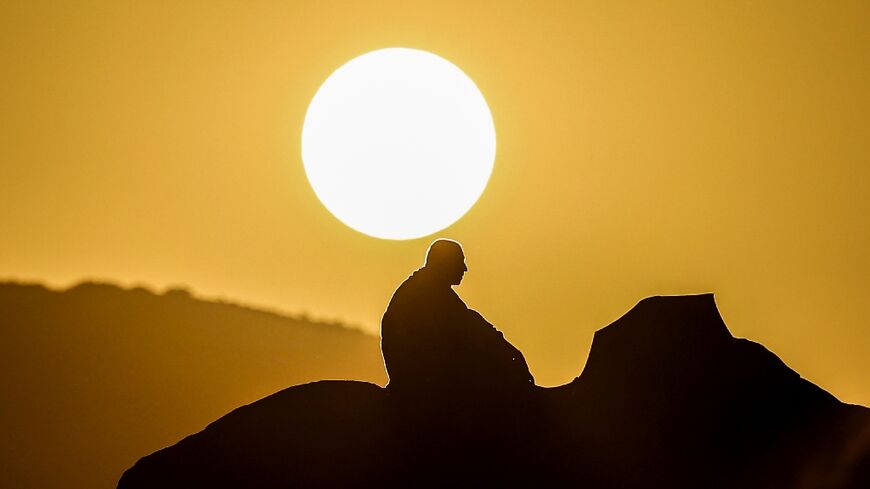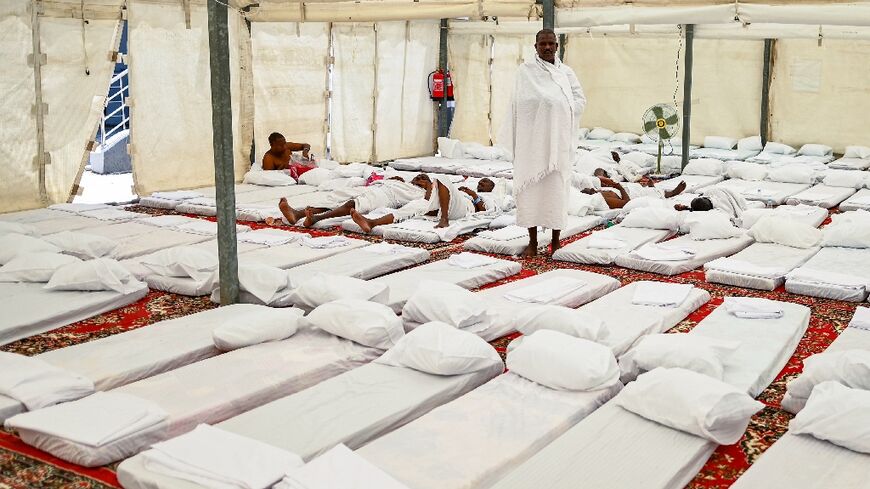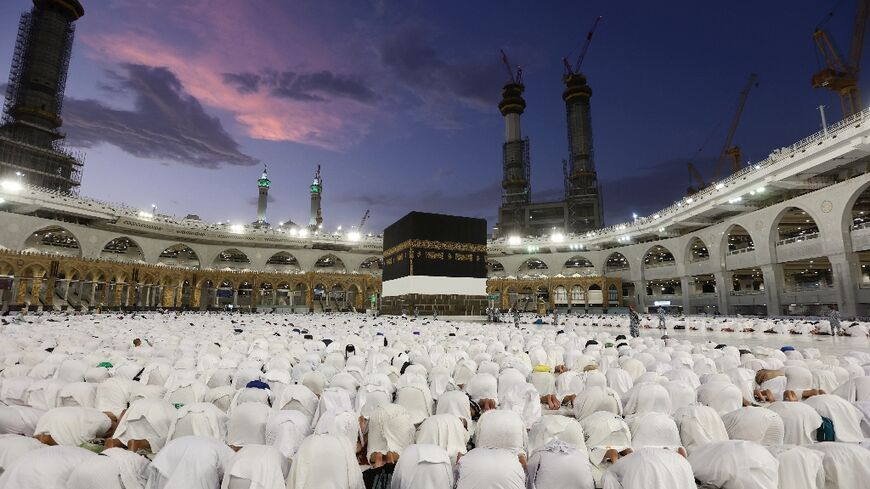The hajj, one of the five pillars of Islam

The annual hajj pilgrimage, one of the five pillars of Islam, will start on Sunday with more than two million Muslims from around the world expected to take part this year.
It will be the largest pilgrimage since the coronavirus pandemic forced Saudi authorities to dramatically downsize the event.
More than 926,000 people took part in 2022, up from nearly 59,000 the previous year, according to official figures. In 2019, the Hajj drew in around 2.5 million pilgrims.
With Covid-19 restrictions completely lifted and age limits scrapped, the kingdom expects to return to pre-pandemic levels of more than two million.
All Muslims are expected to complete the hajj to Mecca -- from which non-Muslims are strictly banned -- at least once in their lives if they have the means to do so.
Believers converge on the holy city for several days of rituals in which they retrace the Prophet Mohammed's last pilgrimage.
Here is a rundown of the ceremonies at what is usually one of the largest religious gatherings in the world.
- White garments -
Pilgrims must first enter a state of purity, called ihram, which requires special dress and behaviour.
Men wear a seamless shroud-like white garment that emphasises unity among believers regardless of their social status or nationality.
Women must wear loose dresses, also white, exposing only their faces and hands.
Pilgrims are not allowed to argue or bicker and are prohibited from wearing perfume, cutting their nails, or trimming their hair or beards.
- Rituals begin -
The first ritual requires walking seven times around the Kaaba, the large black cubic structure at the centre of Mecca's Grand Mosque.
Made from granite and draped in an heavily-embroidered cloth featuring verses of the Koran, the Kaaba stands nearly 15 metres (50 feet) tall.
Muslims, no matter where they are in the world, turn towards the Kaaba to pray. The structure is said to have been first erected by Adam and then rebuilt by Abraham 4,000 years ago.
Pilgrims next walk seven times between two stone spots in the mosque.
They then move on to Mina, around five kilometres (three miles) away, ahead of the main rite of the pilgrimage at Mount Arafat.
- Mount Arafat -
The climax of the hajj is the gathering on Mount Arafat, about 10 kilometres (six miles) from Mina, where it is believed that the Prophet Mohammed delivered his final sermon.
Pilgrims assemble on the 70-metre (230-foot) high hill and its surrounding plain for hours of prayers and Koran recitals, staying there until the evening.
After sunset they head to Muzdalifah, halfway between Arafat and Mina, where they each gather several dozen pebbles so they can perform the symbolic "stoning of the devil".
- 'Stoning the devil' -
The last major ritual of the hajj is back at Mina, where pilgrims throw seven stones at each of three huge concrete walls representing Satan.
The ritual is an emulation of Abraham's stoning of the devil at the three spots where it is said Satan tried to dissuade him from obeying God's order to sacrifice his son, Ishmael.
After the first stoning, the Eid al-Adha feast of sacrifice begins, marking the end of the hajj.
Sheep are slaughtered, in reference to the lamb that God provided for sacrifice instead of Ishmael, in a ceremony that is held at the same time around the world.
Men then shave their heads or trim their hair while women cut a fingertip-length off their locks.
The pilgrims can then change back into normal clothing, returning to circumambulate the Kaaba and complete their stone-throwing rituals before heading home.
- Four other pillars -
The hajj is the last pillar of Islam.
The other four are: profession of the faith, daily prayers, alms-giving and fasting from dawn to dusk during the holy month of Ramadan.





